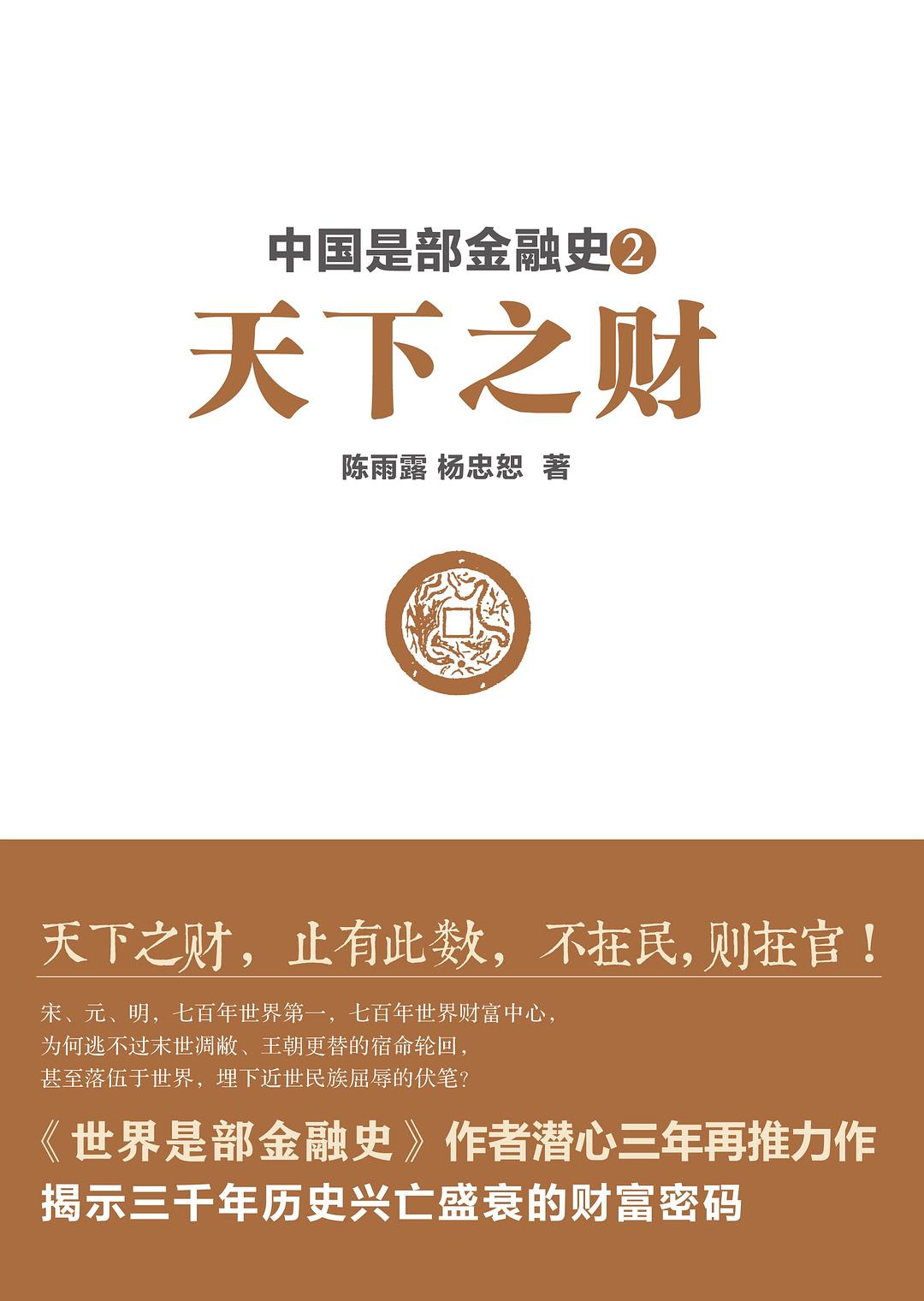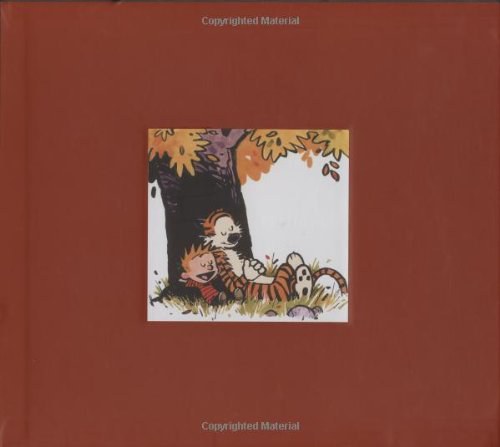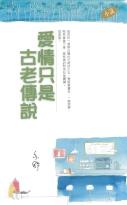
Chinese Esoteric Buddhism
书刊介绍
内容简介
Chinese Esoteric Buddhism is generally held to have been established as a distinct and institutionalized Buddhist school in eighth-century China by “the Three Great Masters of Kaiyuan”: Śubhākarasiṃha, Vajrabodhi, and Amoghavajra. Geoffrey C. Goble provides an innovative account of the tradition’s emergence that sheds new light on the structures and traditions that shaped its institutionalization.
Goble focuses on Amoghavajra (704–774), contending that he was the central figure in Esoteric Buddhism’s rapid rise in Tang dynasty China, and the other two “patriarchs” are known primarily through Amoghavajra’s teachings and writings. He presents the scriptural, mythological, and practical aspects of Chinese Esoteric Buddhism in the eighth century and places them in the historical contexts within which Amoghavajra operated. By telling the story of Amoghavajra’s rise to prominence and of Esoteric Buddhism’s corresponding institutionalization in China, Goble makes the case that the evolution of this tradition was predicated on Indic scriptures and practical norms rather than being the product of conscious adaptation to a Chinese cultural environment. He demonstrates that Esoteric Buddhism was employed by Chinese rulers to defeat military and political rivals. Based on close readings of a broad range of textual sources previously untapped by English-language scholarship, this book overturns many assumptions about the origins of Chinese Esoteric Buddhism.
=======
By focusing on the career and legacy of Amoghavajra, one of the most significant figures in the history of East Asian Buddhism, Geoffrey C. Goble's work provides a detailed image of Esoteric Buddhism in elite Chinese society and fills a long-standing lacuna in the field of Chinese Buddhist studies. Through careful translation and close reading of a wide range of textual sources, Chinese Esoteric Buddhism advances our understanding of Esoteric Buddhism as an elite religious tradition in Tang China and also illuminates the dynamic relationship between the Chinese imperial state and religious practitioners and institutions. Goble's work provides a granular study of the historical, cultural, and personal factors that contributed to Amoghavajra's rise to influence and the formation of Esoteric Buddhism in Tang China. Chinese Esoteric Buddhism is necessary reading for all who are interested in the Tang Dynasty, East Asian Esoteric Buddhism, and early tantric Buddhism.
Bernard Faure, Columbia University
Carefully attending to historical context, Goble clarifies Amoghavajra's role as propagator of Buddhist tantras in China. Demonstrating how his teachings found favor by conforming to Tang dynasty imperial religion and by promoting lethal rites, Goble then traces Amoghavajra's political and religious legacy and his function as an index for the collection and circulation of texts and discourses in subsequent Chinese Buddhist history.
Charles D. Orzech, Colby College
Goble's treatment demonstrates that Amoghavajra is one of the preeminent figures in the history of Buddhism, not just in East Asia but in the entire history of Buddhism. As a Buddhist thinker and practitioner Amoghavajra stands equal to any other landmark figure. Goble's definitive study brings new clarity to the debate over the nature, practices, and institutional existence of an Esoteric Buddhism in Tang China. In fact that debate can now be considered closed.
Richard K. Payne, Institute of Buddhist Studies
Amoghavajra stands out as a towering beacon in the history of Esoteric Buddhism in China, and no study on this important Buddhist tradition would be complete without referring to him and his achievements. In this new study Geoffrey C. Goble takes a critical look at Amoghavajra and his legacy, and in this process undertakes an in-depth investigation into the primary sources, in particular those which elucidate the Buddhist master's intimate relationship with the Tang court and the country's political elite during the middle and second half of the eighth century. Goble's study is therefore as much about elite religion as it is about the interface between the Buddhist religion and politics in late medieval China. A must for anyone interested in Tang history and Esoteric Buddhism.
Henrik H. Sørensen, Ruhr University
作品目录
AcknowledgmentsList of Conventions and Abbreviations
Introduction
1. The Three Great Masters of Kaiyuan and the Teaching of the Five Divisions
2. Esoteric Buddhism in Context: Tang Imperial Religion
3. Esoteric Buddhism in Context: The An Lushan Rebellions and Tang War Religion
4. Amoghavajra and the Ruling Elite
5. The Institutional Establishment of Esoteric Buddhism
6. The Consolidation of Amoghavajra’s Legacy
Notes
Bibliography
Index
· · · · · ·
作者简介
Geoffrey C. Goble is assistant professor of religious studies at the University of Oklahoma.
相关推荐
-

医药数学模型与软件应用实践
医药数学模型与软件应用实践 本书特色 本书共分6章,内容包括医药数学模型的基本知识、医药数据处理的数学方法与实验、生物数学模型应用和计算分子生物信息学、医学数学...
-

2010-中国检察年鉴
2010-中国检察年鉴 本书特色 专门由小学特级教师针对性编写,入学前必练、**!2010-中国检察年鉴 内容简介 学前重要的问题——保护孩子的好奇心、学习兴趣...
-

临床用药不良反应
临床用药不良反应 内容简介 药物不良反应一般是指在正常用法、用量的情况下出现的对人体有害的或意外的反应。但由用药不当所引起的反应,如用错药物及剂量、滥用药物、自...
-

繁荣与衰退
这是一部史诗级的美国演变史,你将从中看到一片荒芜的殖民地如何成为人类历史上最强大的造富和创新引擎。艾伦·格林斯潘拥有传奇般的职业经历,对美国经济最隐秘的角落了如...
-

中台实践
《中台实践》内容简介:中台是企业数字化转型的关键支撑系统,它将企业的业务能力和数据服务中心化、平台化、共享化、协同化,帮助
-

巴赞论卓别林
安德烈•巴赞(André Bazin,1918-1958),法国战后现代电影理论的一代宗师。1945年,他发表了电影现实主义理论体系的奠基性文章《摄影影象的本体...
-

海洋上的美国霸权
美国是唯一在大西洋和太平洋都拥有绵长海岸线的强国。它一面越过大西洋,注视着繁衍了美洲文明的欧洲文明,一面将目光投向广阔无垠的太平洋,寻找着新的交流契机。它曾是印...
-

到坦桑
作者陈见星,中国日报撰文称他为“中国狮子王”,系中国长时间观测拍摄非洲野生动物第一人。坦桑国家公园驻华首席代表,在坦桑尼亚已工作生活8年。湖北武汉人,2004年...
-

Robyn Wiegman《Object Lessons》
Noconcepthasbeenmorecentraltotheemergenceandevolutionofidentitystudiesthansocial...
-

算法的乐趣(第2版)
本书从一系列有趣的生活实例出发,全面介绍了构造算法的基础方法及其广泛应用,生动展现了算法的趣味性和实用性。书中介绍了算法在多个领域的应用,如图像处理、物理实验、...
-

我的妄想症男友
《我的妄想症男友》,完美融合“前世记忆+诅咒命运+历史悬疑+商战言情”于一体,给你独特别致的阅读体验。本书男主朱宣文是位三高(高智商、高颜值、高资产)男神,只可...
-

章太炎说文解字授课笔记
作品目录前言凡例部首第一篇上一部上部示部三部王部玉部玨部气部士部丨部第一篇· · · · · ·
-

神的記事本 06
■作者/杉井光1978年生於東京都。但出生地卻是連東京人都沒聽過,或是聽過也以為在神奈川縣的鄉下地方。自稱尼特族小說家,高中畢業後當過六年自由工作者、三年尼特族...
-

穷查理宝典
查理·芒格(Charlie Munger,1924— )巴菲特的导师与人生合伙人,当今最伟大的投资思想家,全球第五大上市公司伯克希尔·哈撒韦的副主席,该公司51...
-

中国是部金融史2
陈雨露,中国人民大学校长、教授,央行货币政策委员会委员。美国艾森豪威尔基金高级访问学者、哥伦比亚大学富布赖特高级访问学者,入选人事部“新世纪百千万人才工程”国家...
-

世界第一的公主殿下2
意大利!比萨斜塔!呆萌帅哥!罗马斗兽场!原本闪着星星眼、追寻夏炽来到意大利的唐桃,一下飞机就被神秘少女柳原淳子设计,被迫变身成“钢琴小天后”。本来以为只是帮个小...
-

《不怯场!说话的艺术》书籍《不怯场!说话的艺术》
内容提要本书不只单纯介绍说话技巧和说话礼节,主旨在于如何把握人际关系,创造良好谈话氛围,拥有优雅的谈吐,让你能人在江湖,
-

克雷姆斯的弯曲时间
* 若时间弯曲,可否遇见青葱年华的自己?* 意大利著名作家马格里斯最新短篇小说集,探寻时间本质《克雷姆斯的弯曲时间》是意大利作家克劳迪奥·马格里斯的最新作品,收...
-

藏在木头里的智慧
中国传统文化博大精深,传统建筑作为衣食住行中的一个支柱,自是其中重要一环。不过对于想要了解传统建筑的大众读者来说,要么被建筑典籍的古体字及拗口的建筑构件名称所吓...
-

萝西与苹果酒
• 一本宛如田园诗般优美的天才自传体小说,向童年与故乡致敬。如诗如画的语言,充沛真挚的情感,仿若穿越岁月的烟云,深情回望往昔时光……• “英国首屈一指的作家”“...





